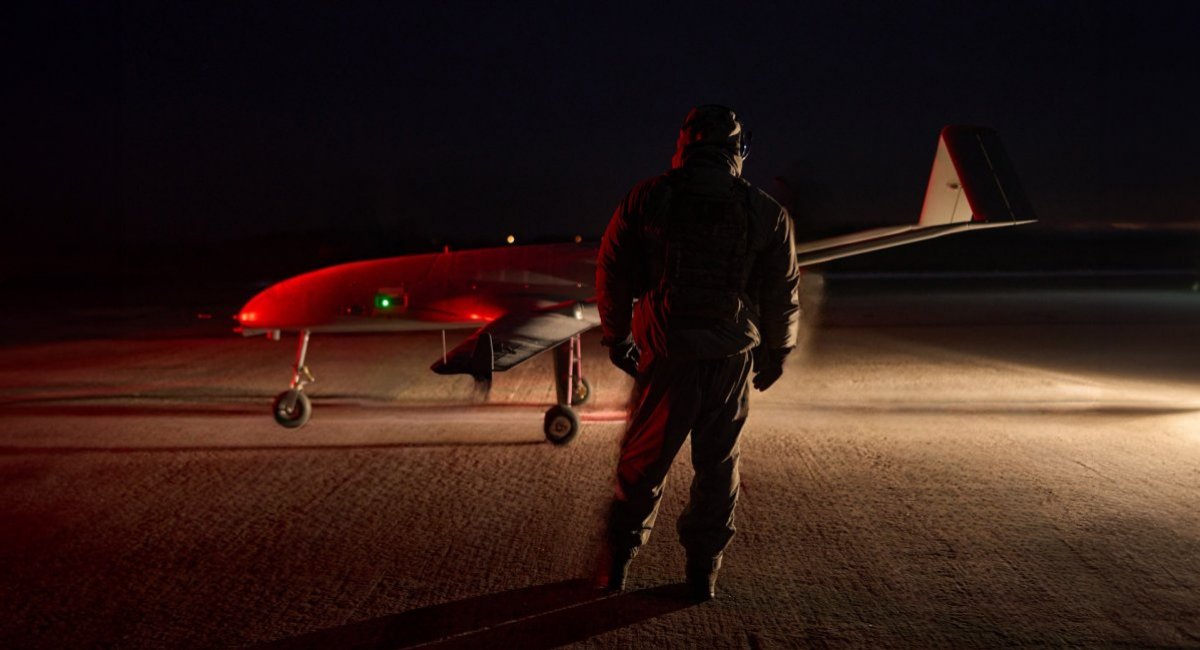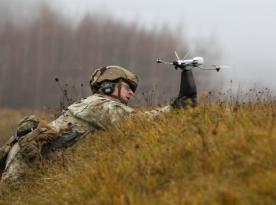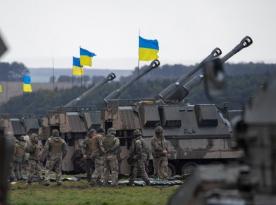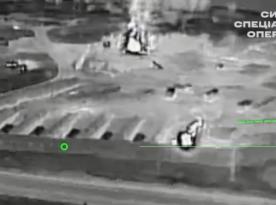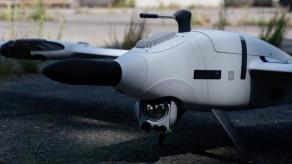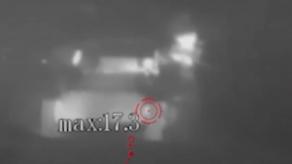Ukrainian long-range drone strikes against russia are often viewed through the lens of their most visible impact - the destruction of oil refineries and fuel storage facilities. This perception is partly due to the fact that the consequences of such strikes are impossible for russia to conceal. However, strikes on russian military targets often remain entirely outside the public eye.
The Commander-in-Chief of the Armed Forces of Ukraine, Oleksandr Syrskyi, cited three such examples in his extensive interview with LB.ua, where this topic was just one of many discussed. One example illustrating the true scale of the impact of Ukrainian drone strikes is the destruction of several GRAU (Main Missile and Artillery Directorate) ammunition depots in September 2024.
Read more: Destruction of Ammunition at Engels Airbase Officially Confirmed – russians Did Indeed Store Cruise Missiles in the Open
The initial effects of the explosions were, of course, recorded - both by the russians themselves, who filmed the massive blasts that were picked up by seismographs as earthquakes, and from space, where the explosions were visible from orbit. However, the actual consequences have now been officially revealed: before these attacks, russian forces were using approximately 40,000 munitions daily (evidently across tube and rocket artillery, as well as mortars), but this number dropped to around 23,000 afterward. As Syrskyi noted, only recently have they managed to raise the daily expenditure to 27,000–28,000, due to supplies from North Korea and Iran, as well as possibly increased domestic production.
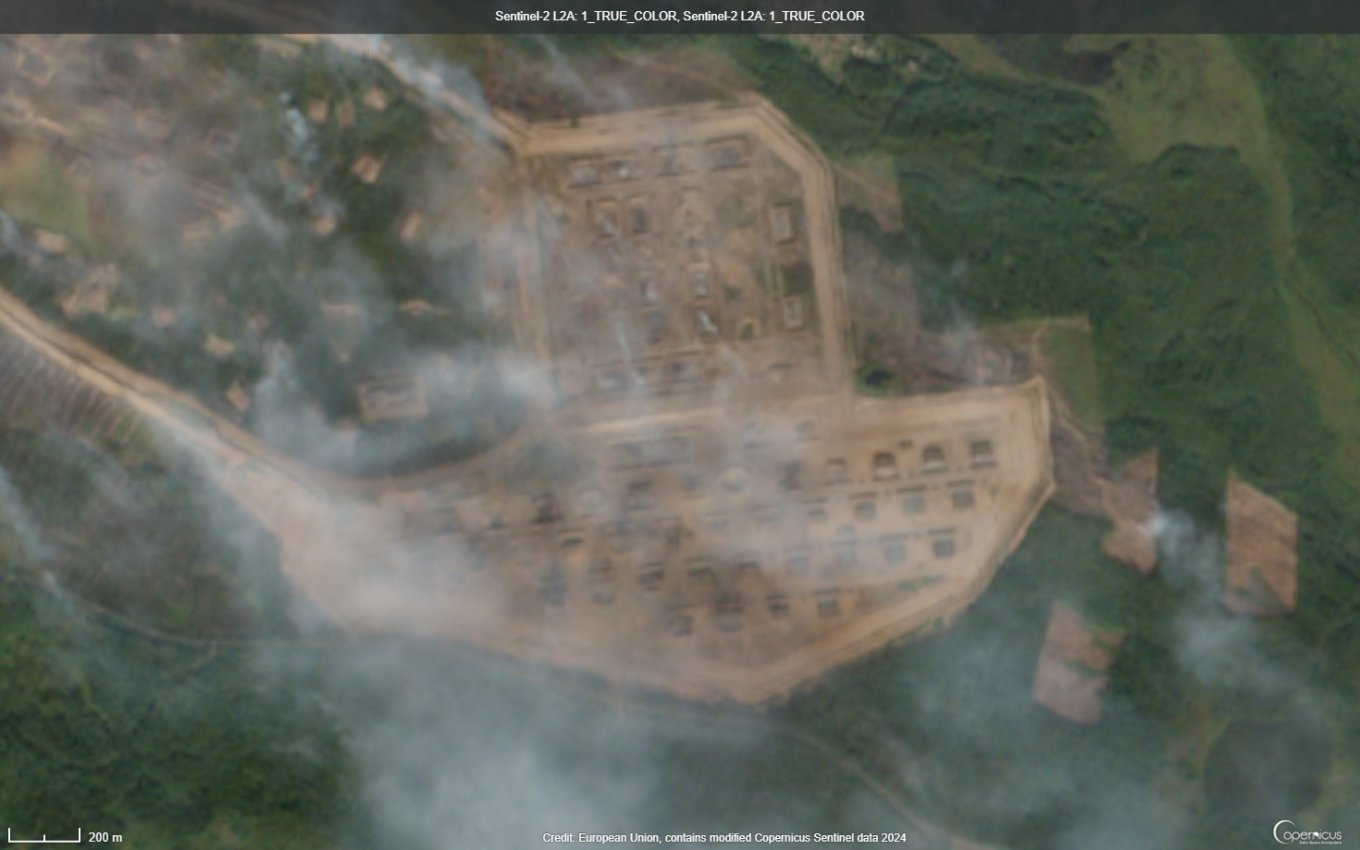
It is also known that from April to October 2024, Ukraine actively targeted russian airfields with drones - specifically those hosting tactical aircraft. Among the targets were airbases used by russian forces to station frontline bombers such as the Su-34, close air support aircraft like the Su-25, and fighter jets including the Su-30 and Su-35. Publicly confirmed examples include strikes on Millerovo, Morozovsk, the Khanskaya airbase, and others.
As a result, “the enemy was forced to relocate its aircraft deeper into russia. If earlier they were stationed 100-150 kilometers from the front line, now it’s 200-300 kilometers,” the statement said. The farther russian aircraft are based, the more time they spend completing combat missions, and the quicker their engine life is consumed per sortie - ultimately reducing the overall effectiveness of russian aviation.
Moreover, Ukrainian drones are now successfully striking russian airbases that host strategic and long-range bombers. While the strike on Engels, which destroyed a munitions depot, is widely known, a more recent attack on the Shaykovka airbase resulted in the loss of another russian Tu-22M3 bomber - an aircraft capable of carrying Kh-22 and Kh-32 missiles.
According to Oleksandr Syrskyi, the strike was delivered just after the aircraft had landed. This indicates either a precisely calculated operation - since the drone had to fly over an hour from the Ukrainian border to the airfield in Kaluga Oblast - or an extremely fortunate coincidence.
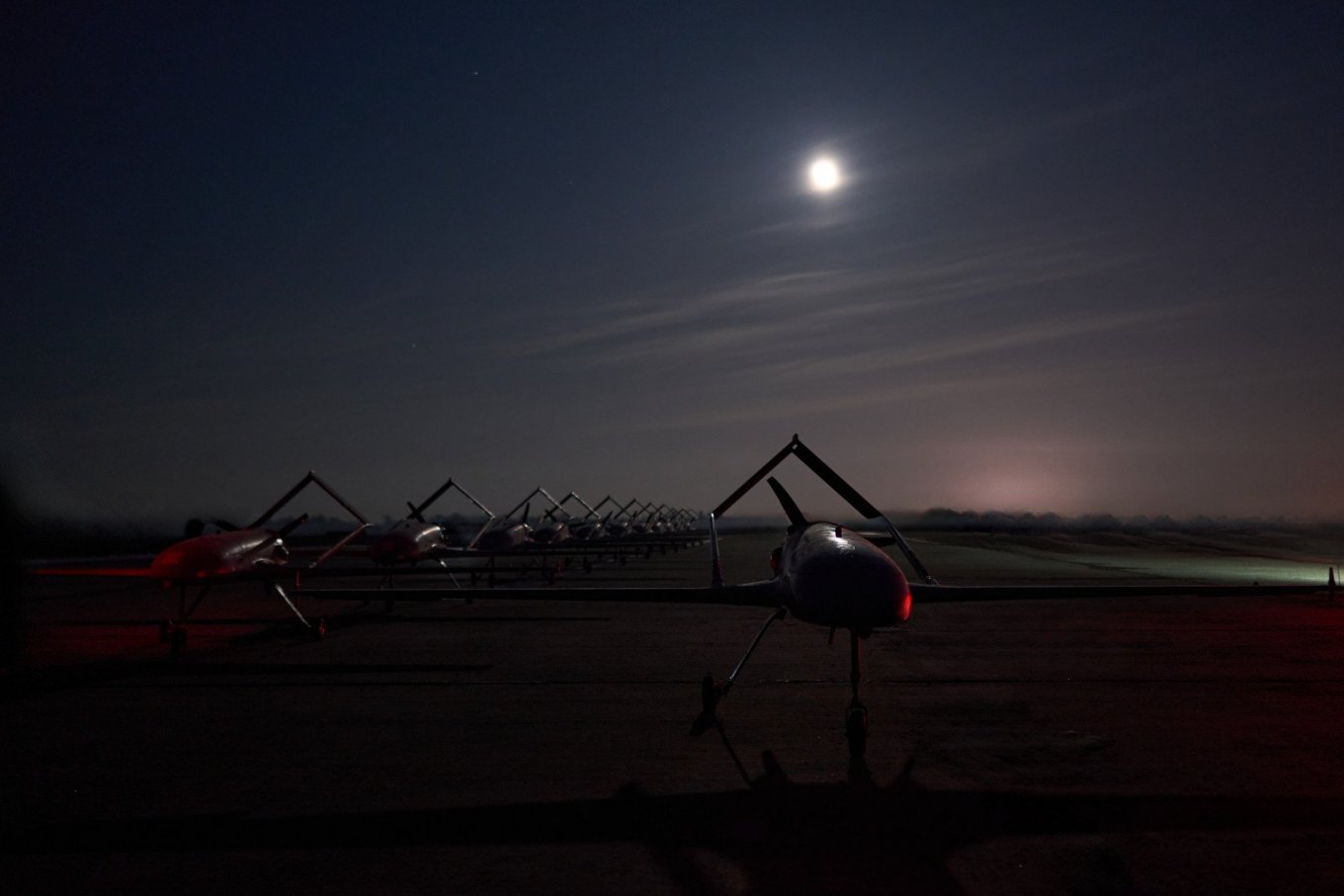
Such effective strikes mean that russia will be forced to reconsider where it can safely station its strategic and long-range bombers, leading to the same consequences as the relocation of its tactical aviation.
Read more: NASA Records Fire at russia's Millerovo Air Base After Ukrainian Drone Strike




